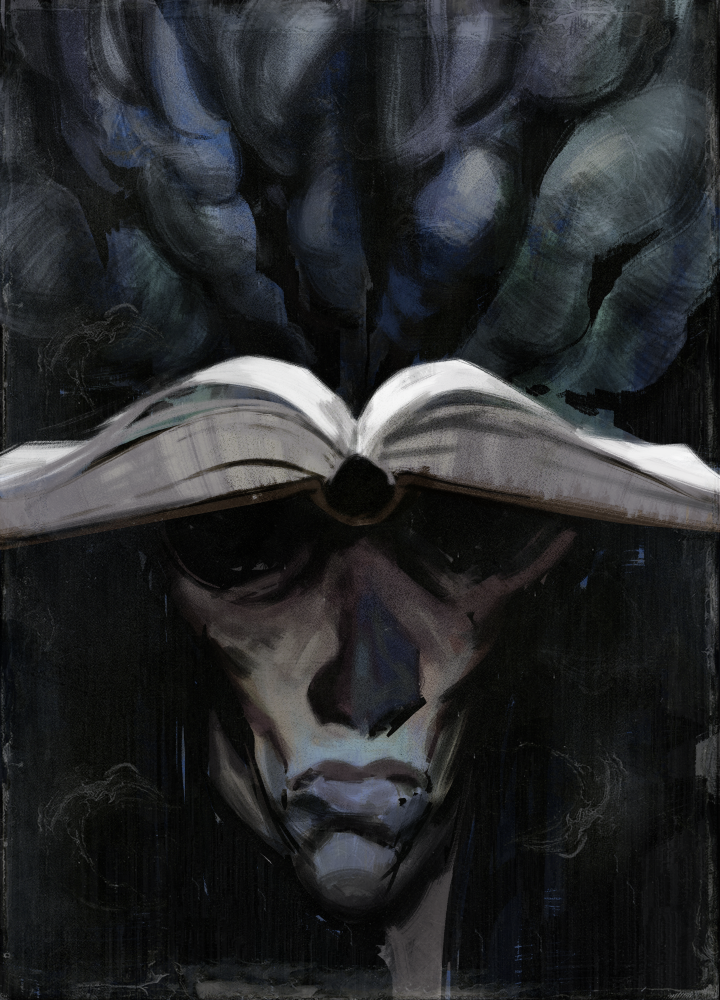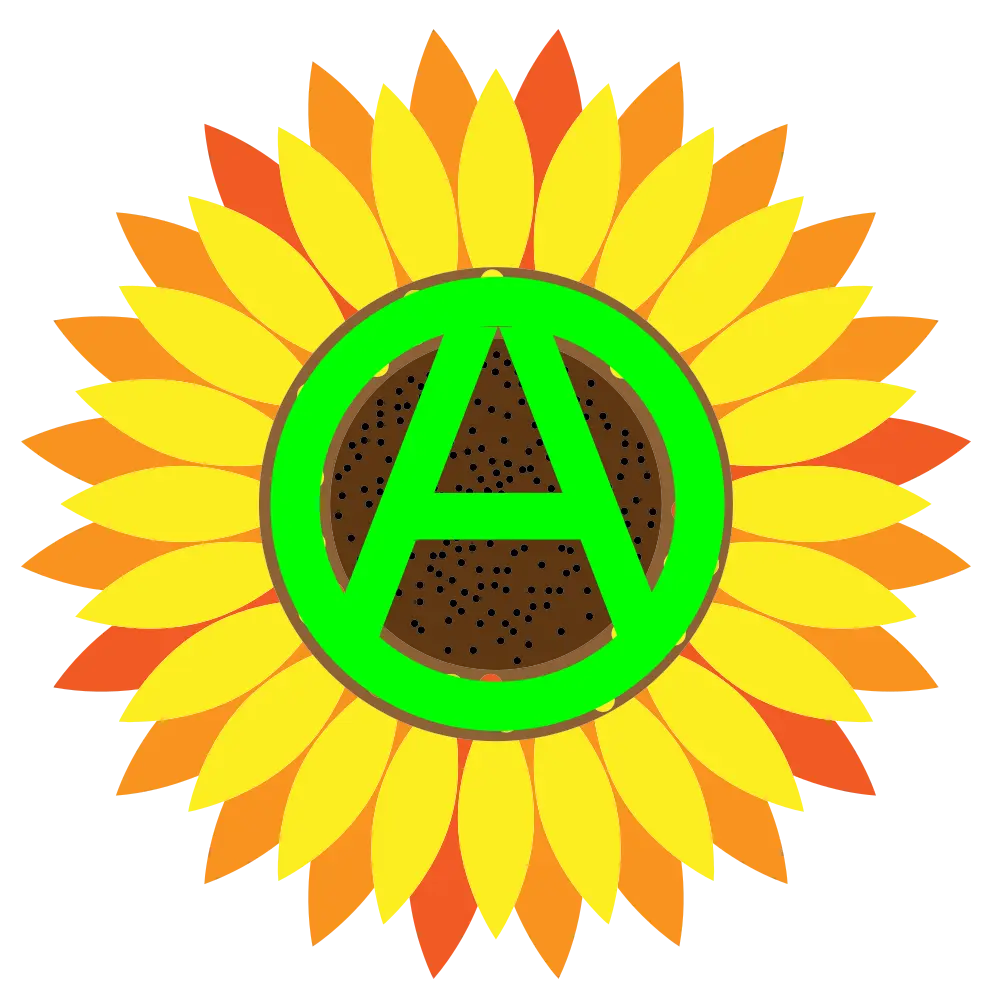…other users had questioned whether the term ‘Free Territory’ had any basis in reliable sources. I was a little surprised. This was the term that I had used for years, one that was inextricably linked in my mind with the Makhnovists. This could not just be some random neologism coined by Wikipedia… right?
At first I could not let myself believe it. I looked through Makhno’s memoirs, as well as Volin’s and Arshinov’s histories, but I could not find the term anywhere. I even checked the Russian language originals, and peered through Viktor Bilash’s memoirs, which tragically remains untranslated. Again, I found no sign of a ‘Free Territory’. I could not even find it in the memoirs of Victor Serge, the Bolshevik politician who coined the term ‘Black Army’ to refer to the Makhnovist insurgents.
The author does not seem to have read Azarov or at least his references to sources leave this impression. If he was doing his research right now, I would recommend him to browse one book for hints about how the RIAU called themselves, and for additional sources of literature. But in general, I think he has the right conclusion. :)
Kontrrazvedka: The story of the Makhnovist intelligence service - Vyacheslav Azarov
The PDF sadly isn’t searchable (it’s image, so it’s a black hole for most search engines).
My understanding: they called themselves the “Insurgent Army”, sometimes the “Insurgent Division” and did not declare a state or claim a territory. When they were popular and widespread, they were more formally known as the “Revolutionary People’s Army of Ukraine” and “Revolutionary Insurrectionary Army of Ukraine” (kontrrazvedka was the counterintelligence branch which did dirty deeds like assassinations, espionage, counter-espionage, sabotage, expropriation / grand theft, etc)
A related story:
The first known anarchist state, and perhaps the only one, was to my understanding a republic declared by rebelling sailors and fortress-builders of the Russian fleet on the tiny North Estonian island of Naissaar (Nargen). (source) The “state” was laughably tiny and the population too - but the name was backed by possession of two battleships (Sevastopol and Petropavlovsk), with the ironic twist that the crew far outnumbered island dwellers. The only body to ever recognize the “state” was the Soviet of Tallinn, which existed during a double rule (togehter with the prototype Republic of Estonia) in the power vacuum between the Czarist retreat and the advance of imperial German troops. Evacuating before the German advance, the battleships sailed first to Finland and then Kronstadt, and the anarchists of the short-lived republic became core organizers among the sailors who later rose up in the Kronstadt Rebellion.


